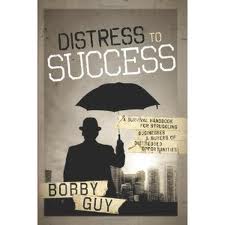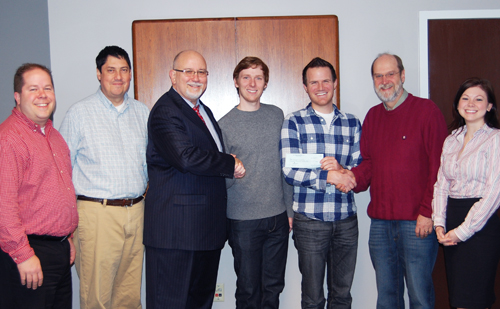
I have invited Bobby Guy, a local attorney here in Nashville, to speak in my classes from time to time. While it may not seem that unusual or blog-worthy to mention that I have a lawyer in my class, it is his area of law that makes his visit unusual. For you see, Mr. Guy practices bankruptcy law. How often do entrepreneurs get to hear from a person who understands business failure from the inside before they start their ventures?
Bobby has now taken what he has learned from years of practicing bankruptcy law and turned it into a book titled Distress to Success. (You can see a preview of the book at Amazon).
Bobby Guy is one of the few attorneys I have met who truly understand that financial distress in business is not an event, but a process that unfolds over time due to an array of specific decisions. Taking this perspective offers both businesses and their investors the opportunity to develop a sound strategy early enough in this process to actually help many of these businesses avoid bankruptcy. This is truly a groundbreaking book that can help transform how all of us work with distressed businesses.
The book has several audiences.
It is written for the business leader struggling to return a company from the “red” into the “black.” For the struggling company, Distress to Success is a roadmap to early intervention when good options are still available. It presents business executives with a new paradigm for thinking about financial distress, takes them on a crash course through what to expect, and then arms them with strategies for achieving a confident recovery.
For the distressed investor, Distress to Success outlines the complex strategies that arise in the ever-evolving landscape of insolvency, and provides buyers with tactics for achieving success in the pursuit of exciting undervalued opportunities.
Even in these difficult times success can be created out of impending failure.





